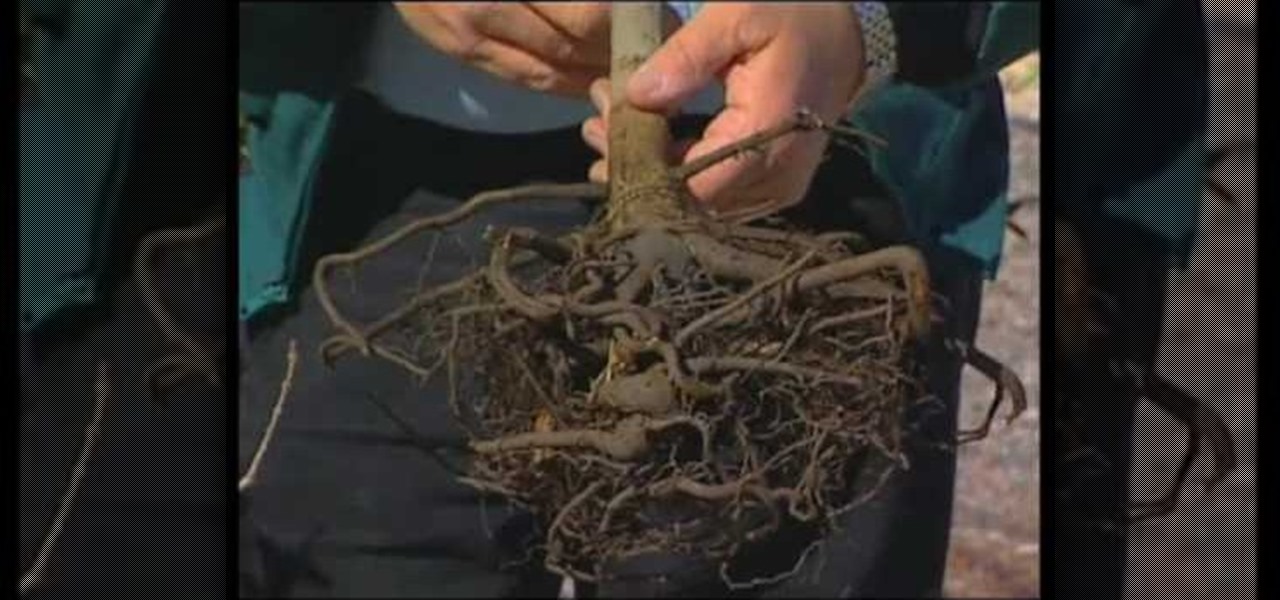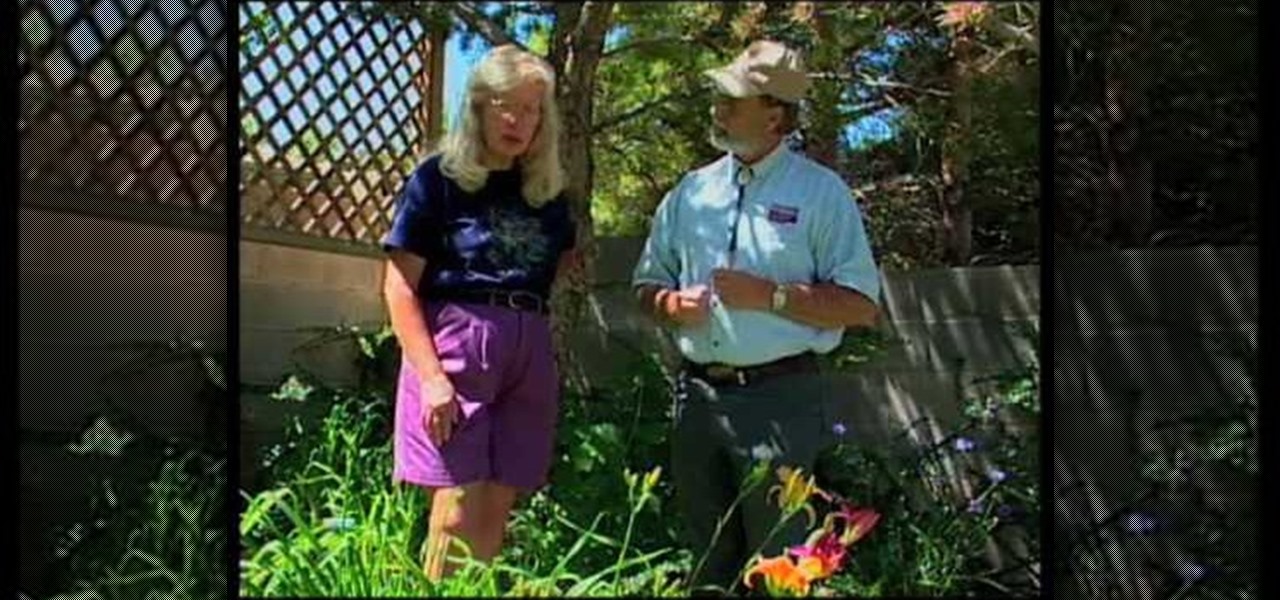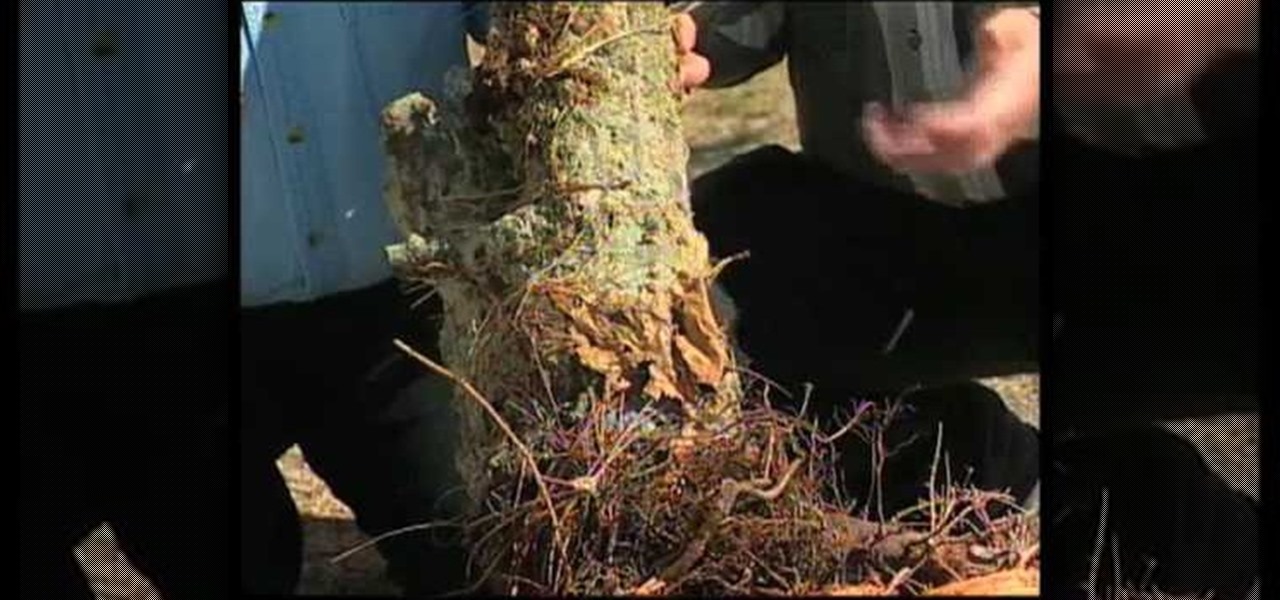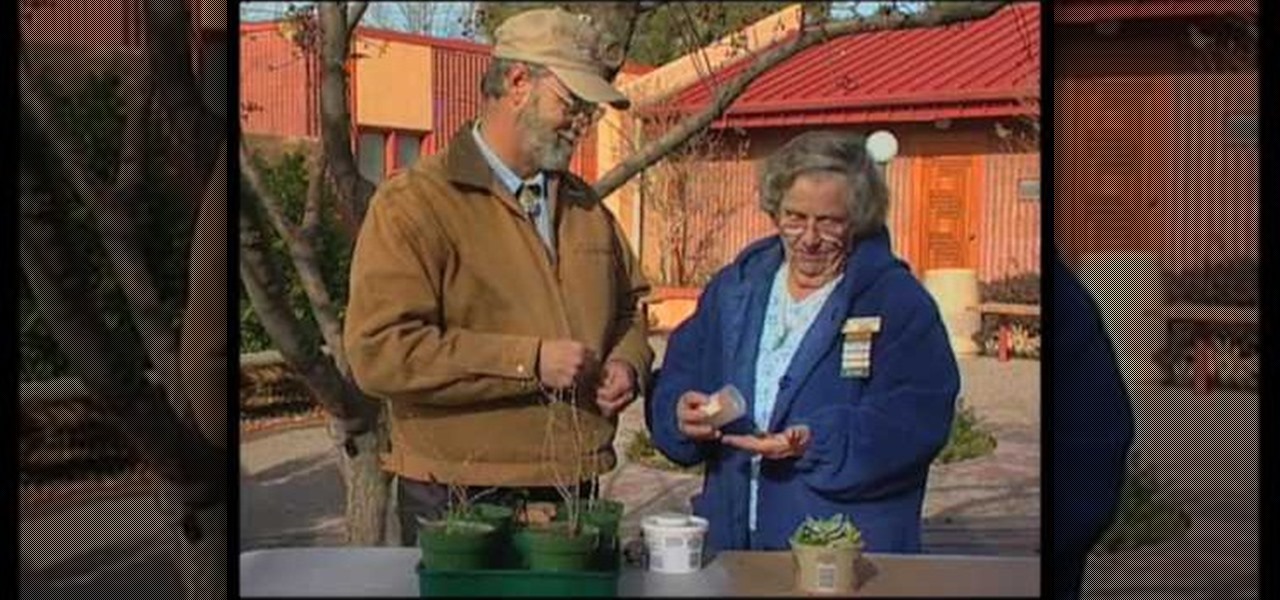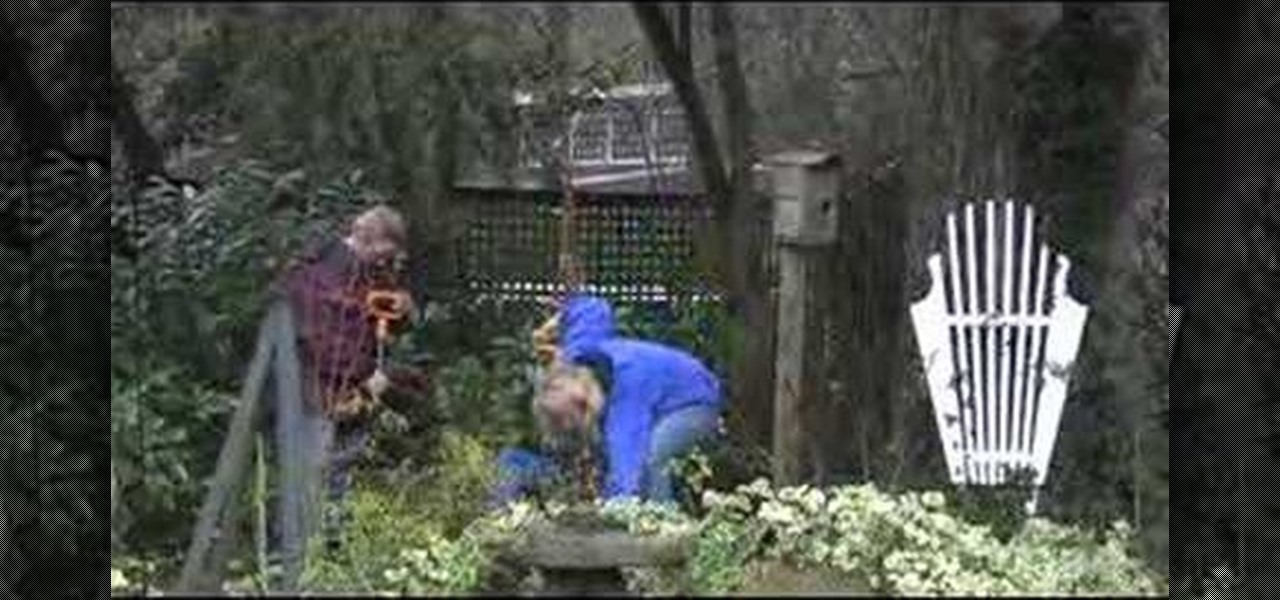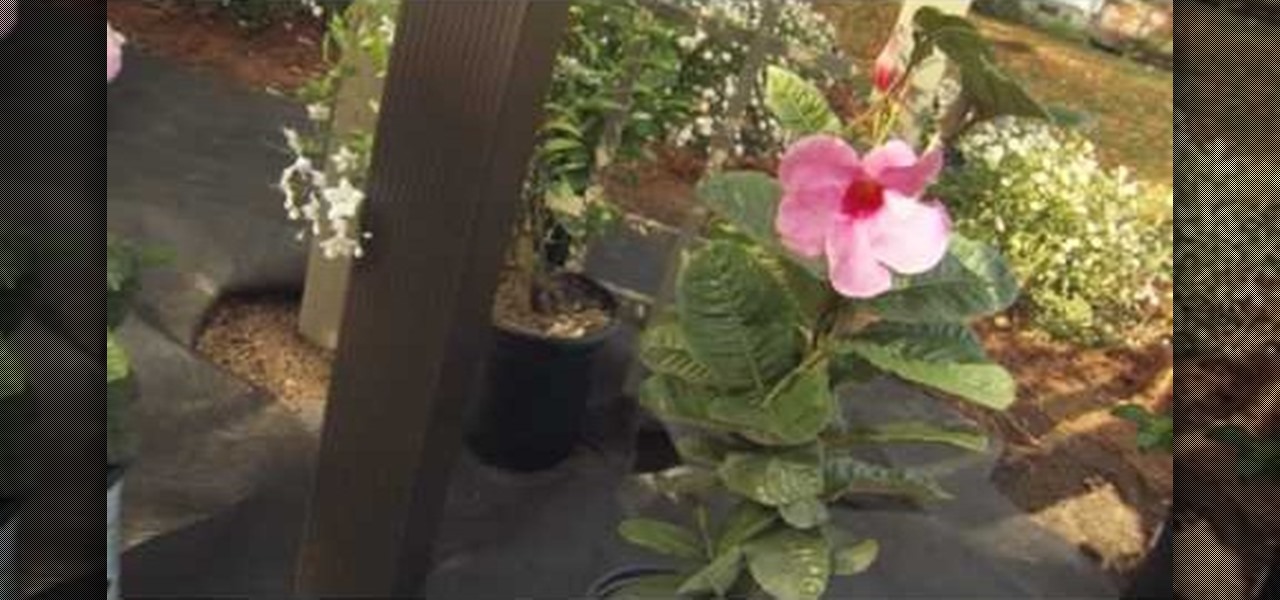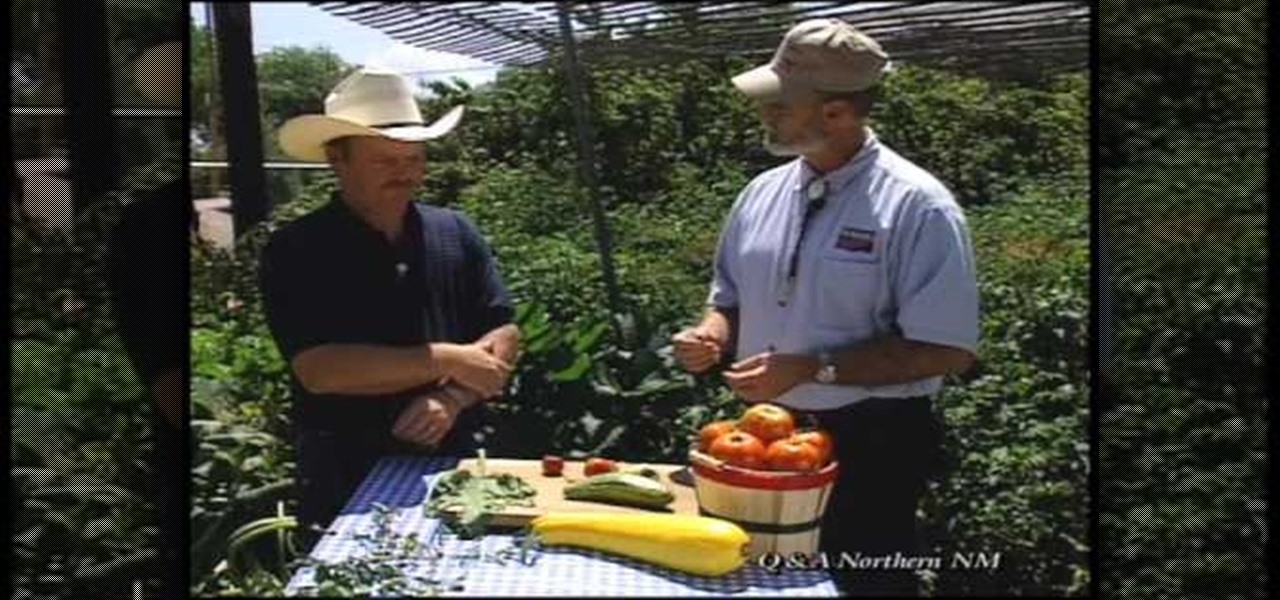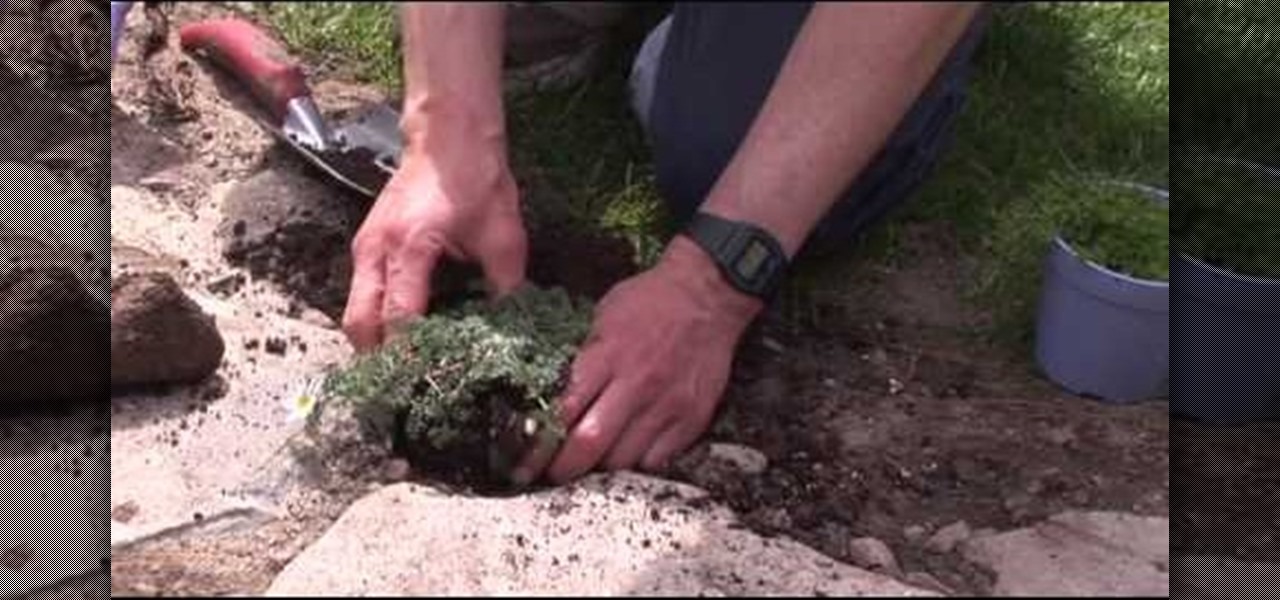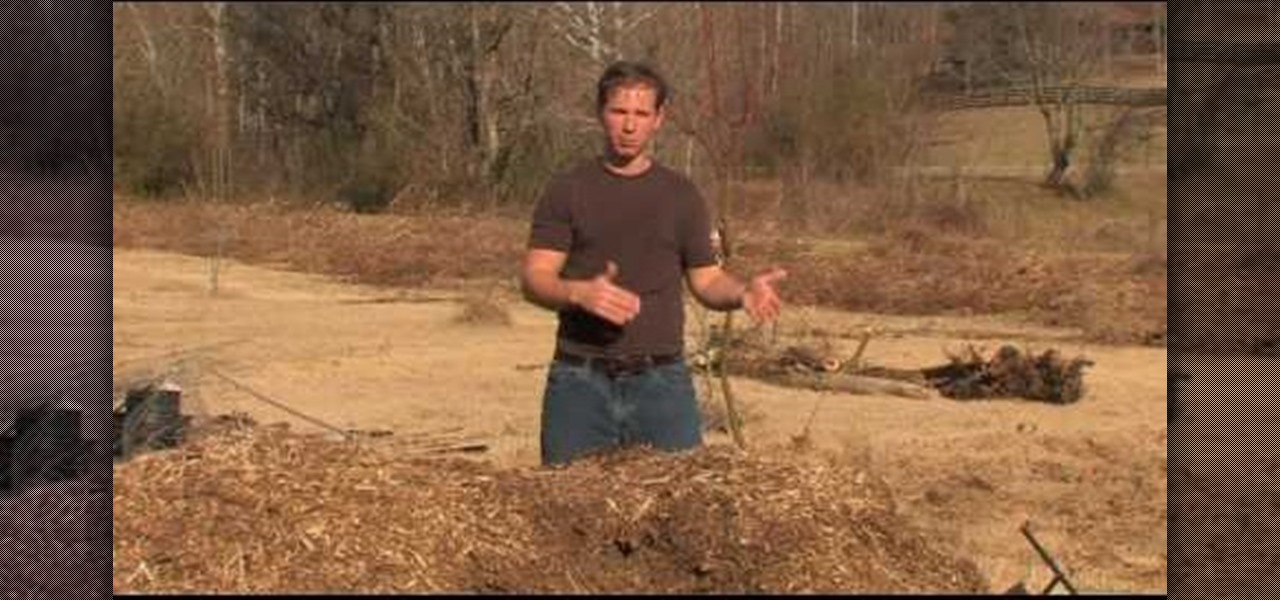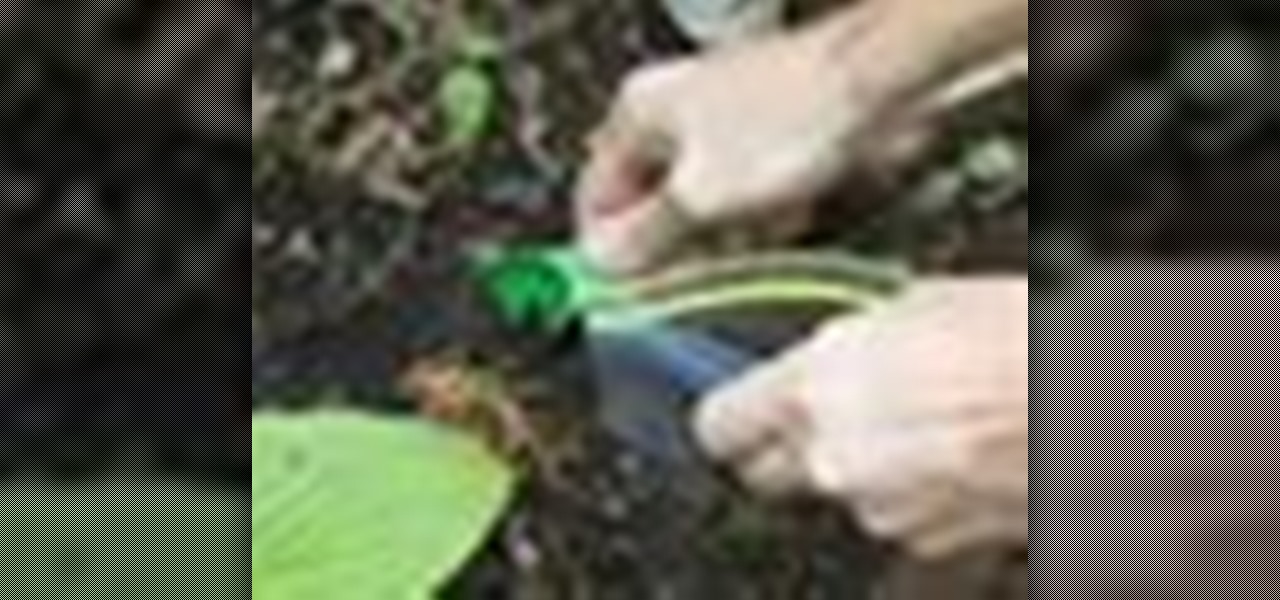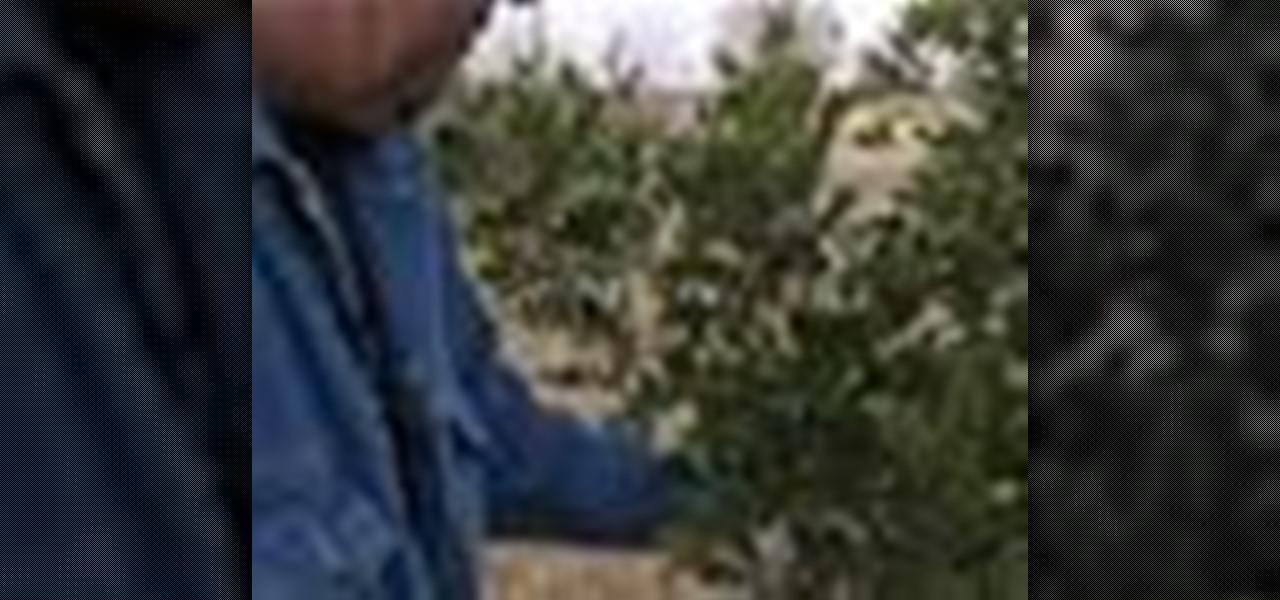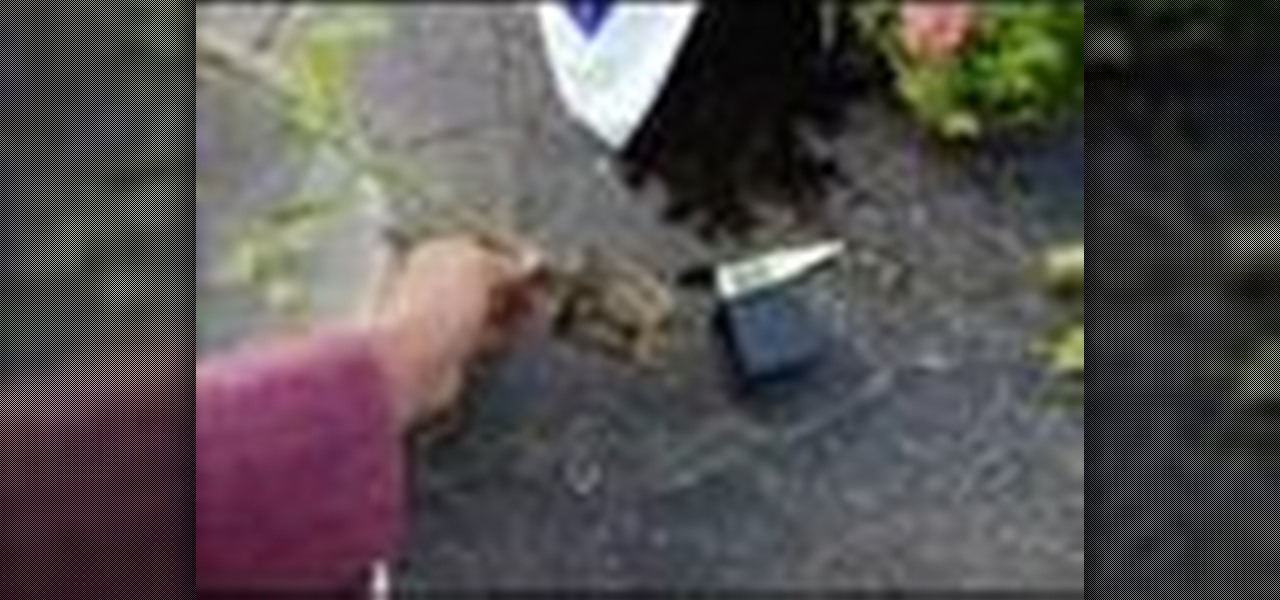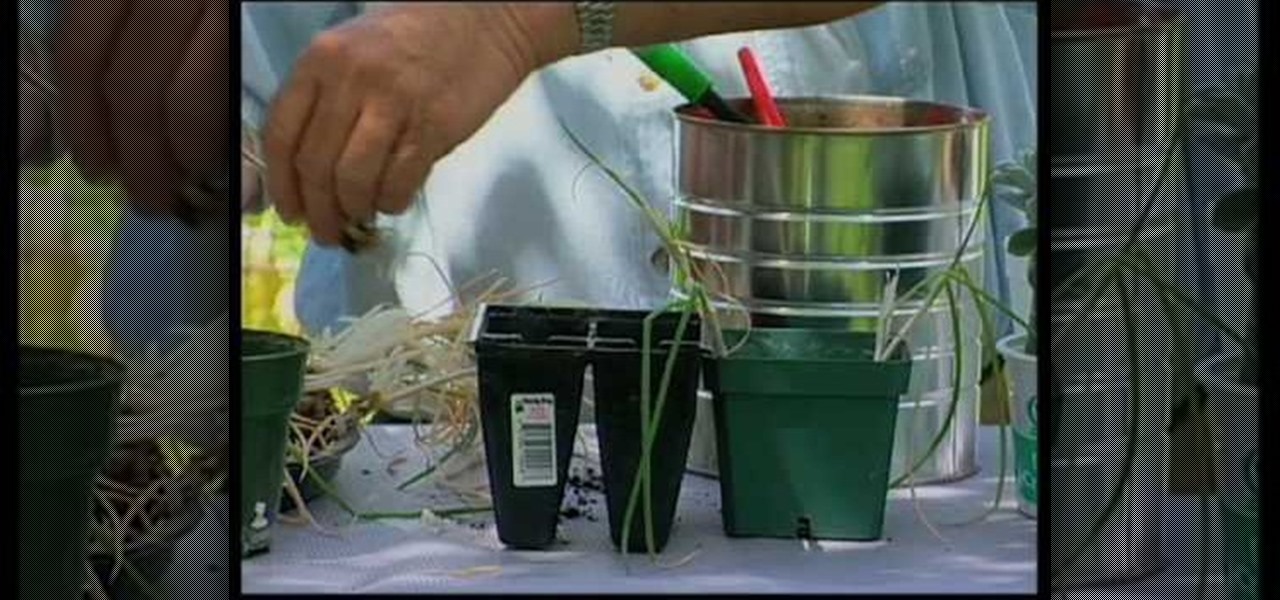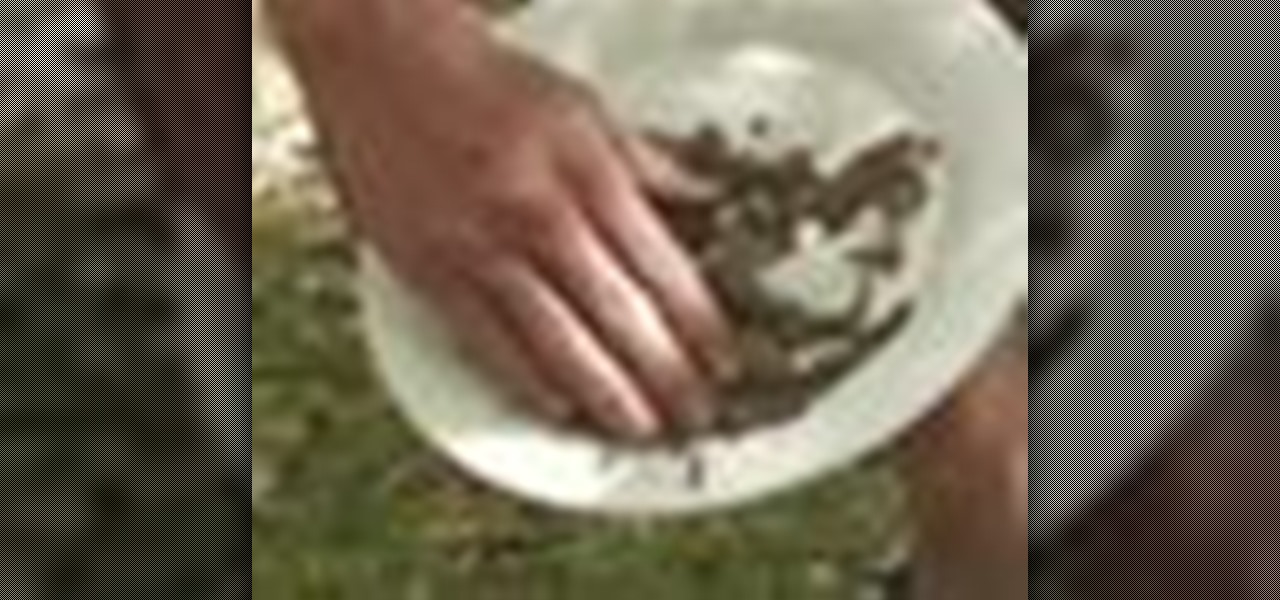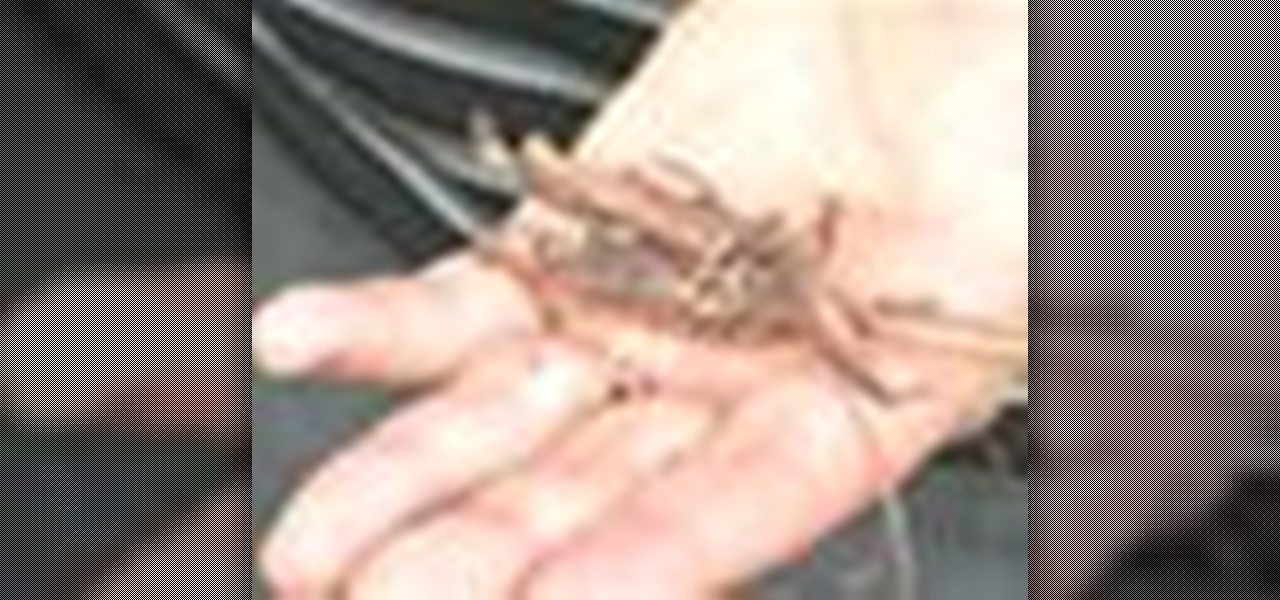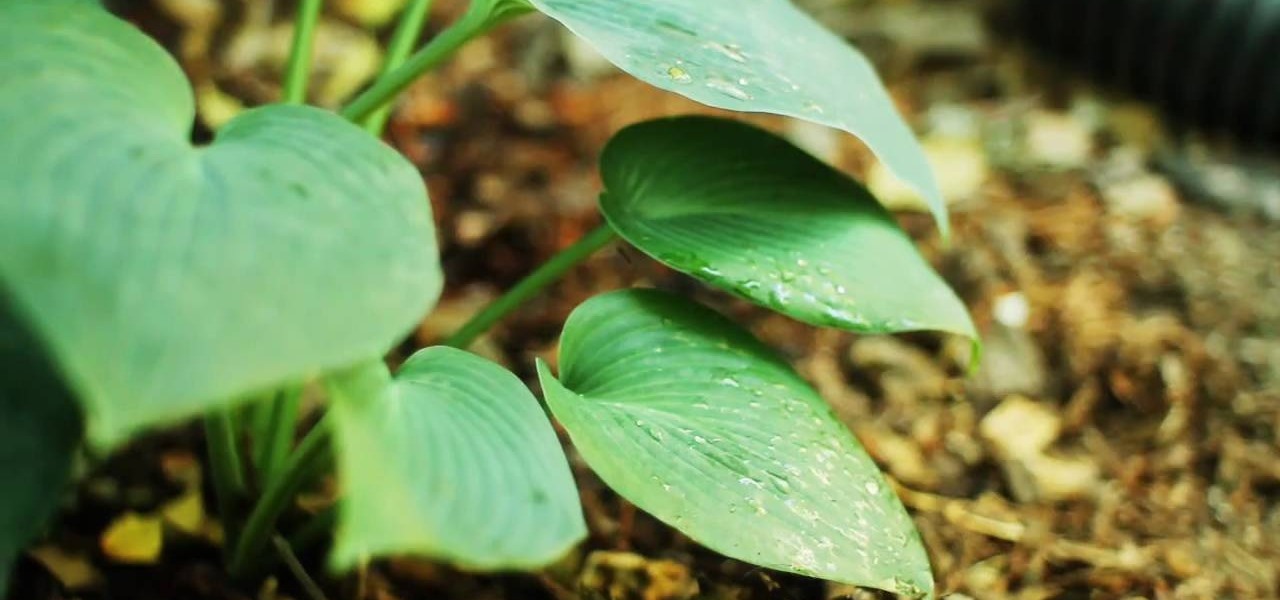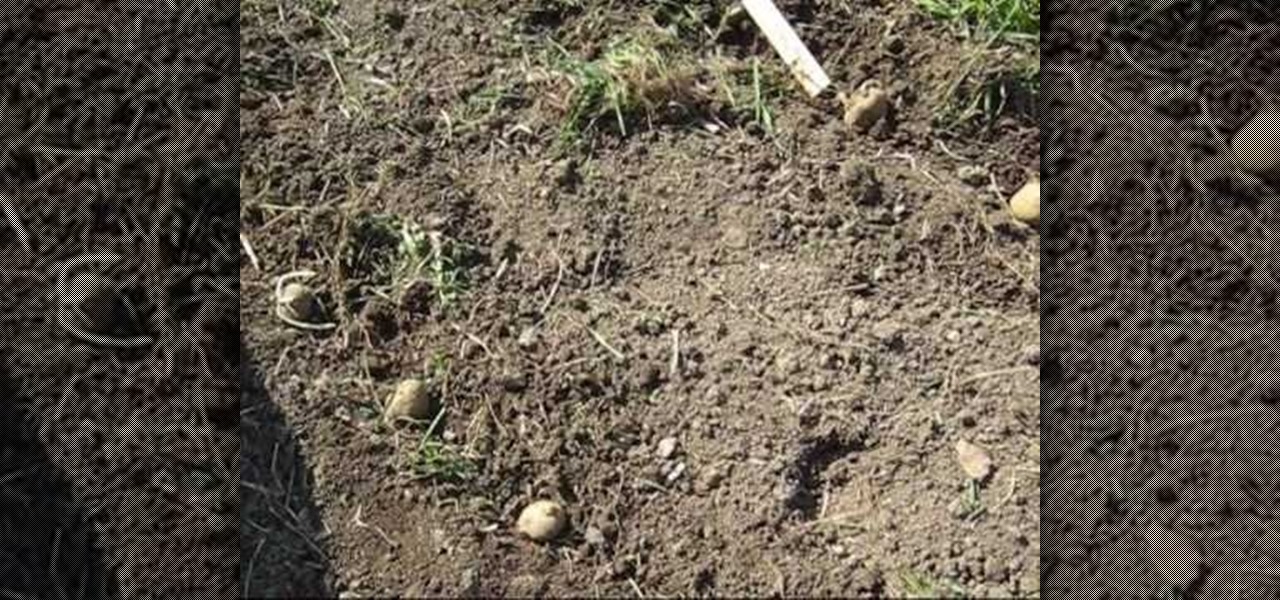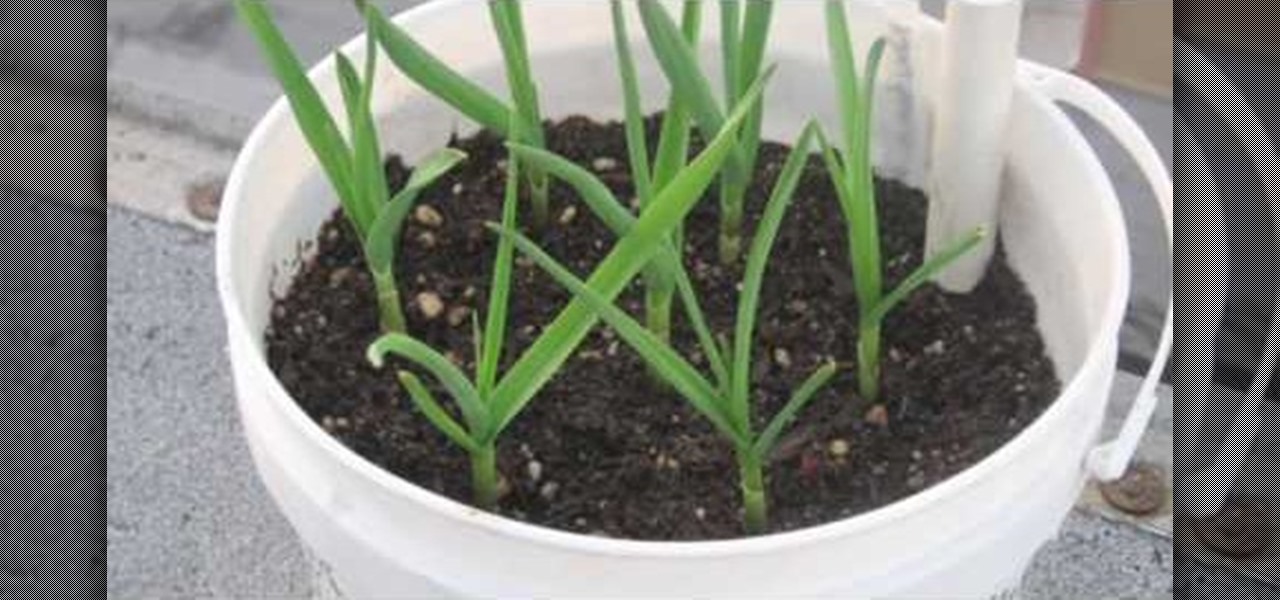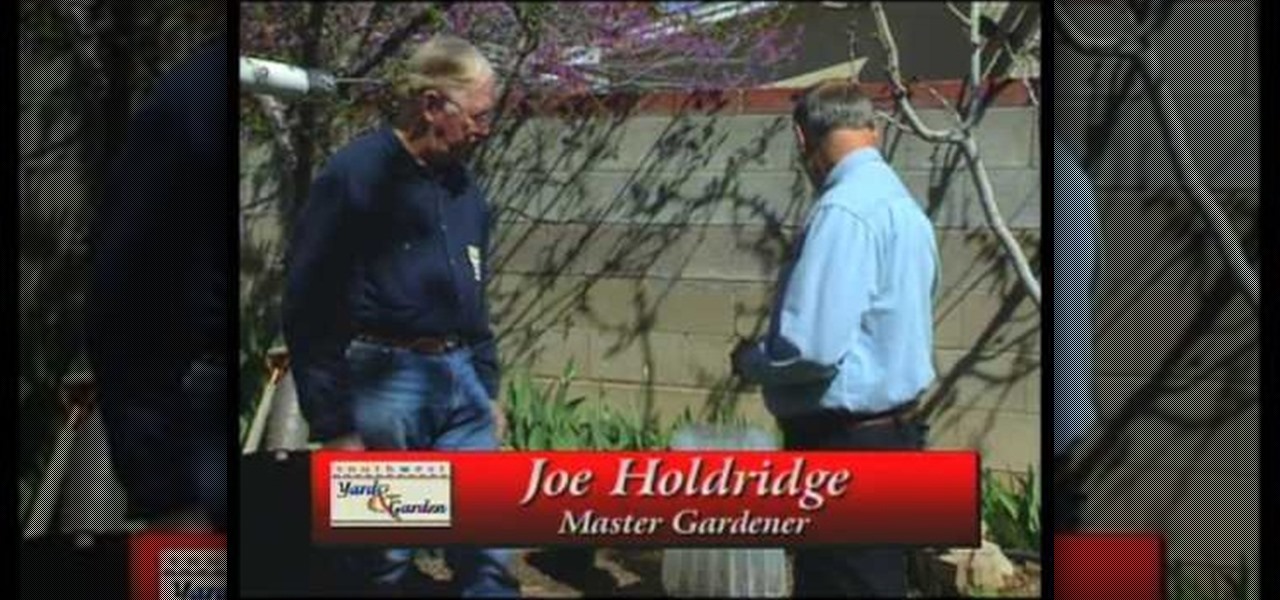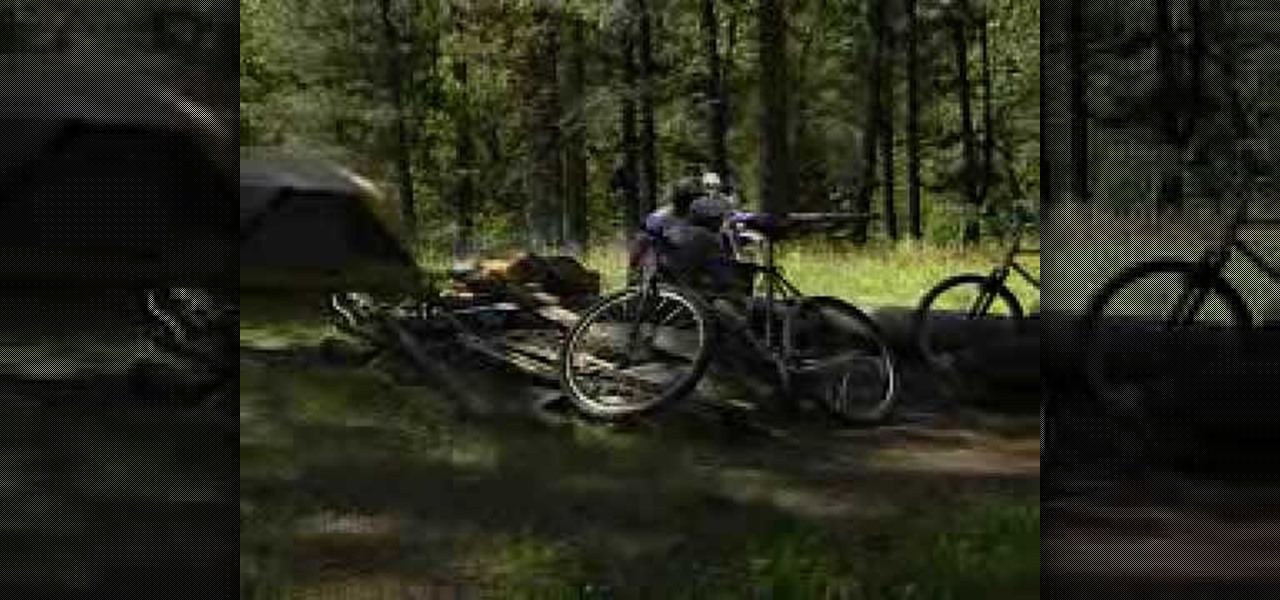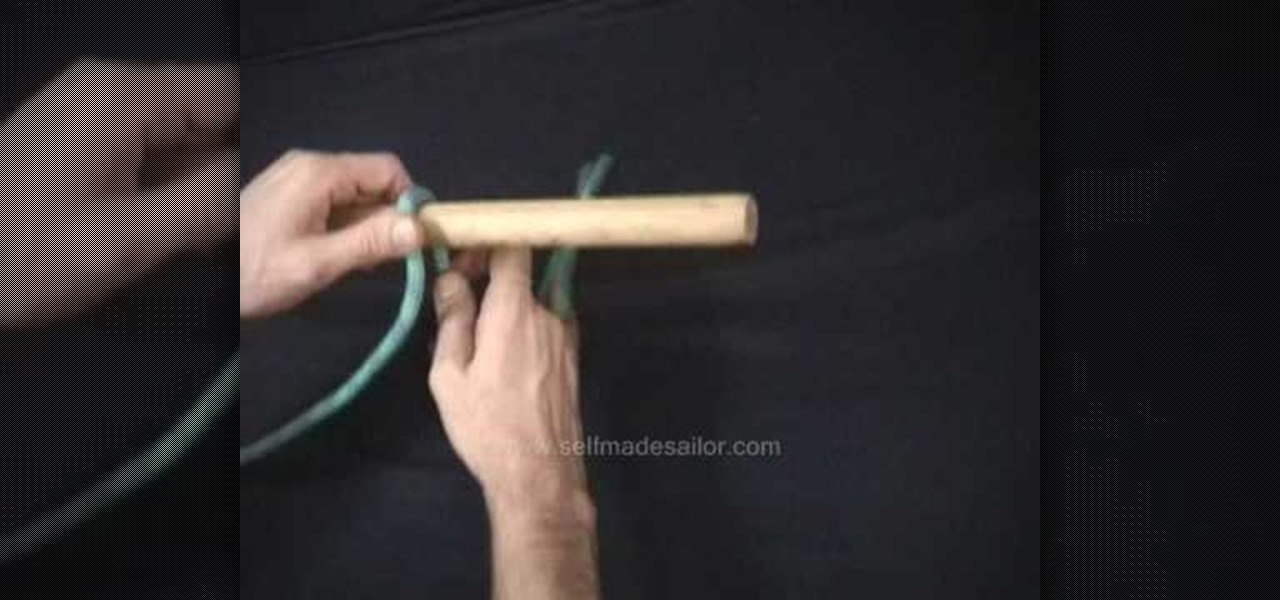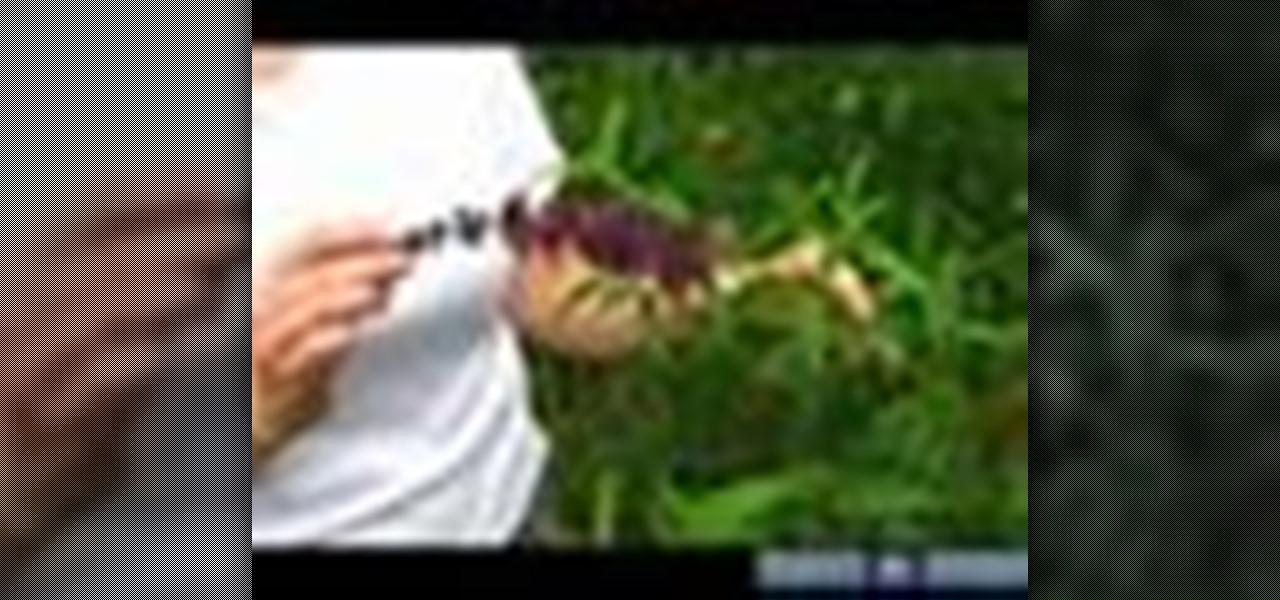
Our greenthumb expert Martha Cycz introduces you to whole new circle of friends, ones with exotic titles like Bretisia, Echinacea and Dicentia. But don't let the sophisticated names fool you: these are very approachable plants, ones which will return your affection year around. And just might summon a butterfly or two when they're feeling just right. Martha will tell you how to plant and care for these perennials so that you may develop rewarding relationships with all of them.
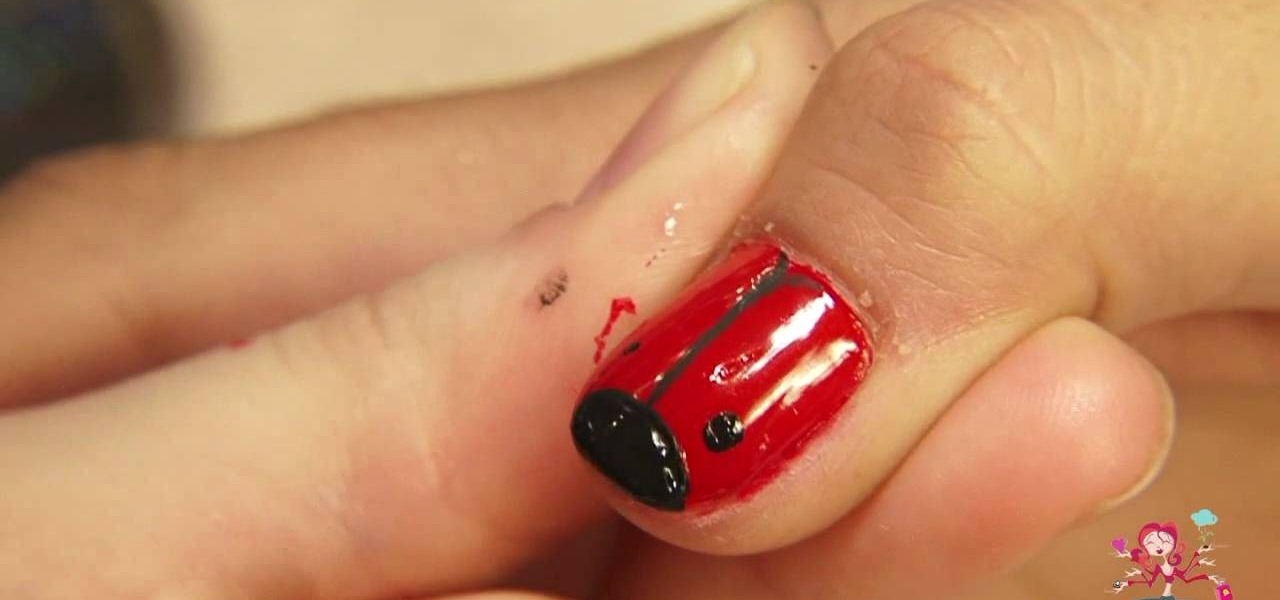
Are you heading out this weekend for a relaxing fall picnic with some friends? Then get into the spirit of the outdoors by adorning your nails with some of the prettiest insects on the lawn: ladybugs!

Trout is a popular fish to find in freshwater rivers and lakes. Learn useful bait, tackle and fishing techniques to catch a tasty fish. So for your next trip to the great outdoors, don't forget to pack your fishing rod!
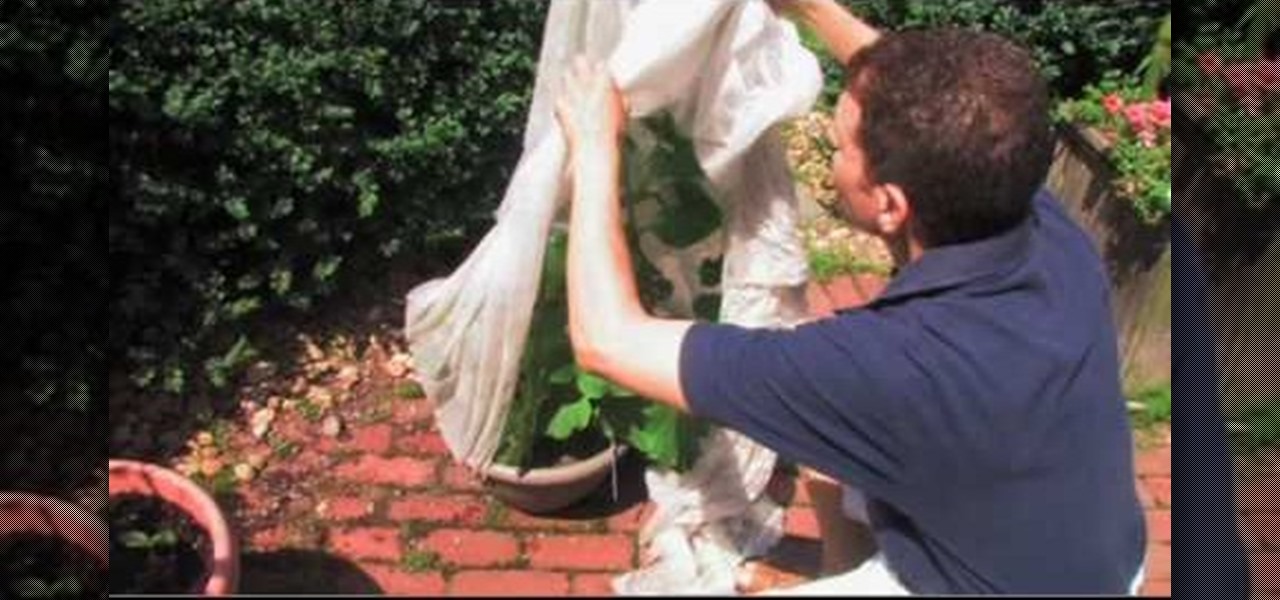
When you're starting a garden, you need to be wary of what kind of dangers may be waiting for your plants. If you're growing veggies, this is especially important since certain things can kill them fairly quickly.

In photography, good lighting can mean the difference between an amateur shot and a professional quality portrait. Whether you're taking photographs outdoors or in, using lighting to your advantage creates an artistic, flattering effect.

When you are camping, it is always nice to have a comfy place to sleep or rest. In this tutorial, learn how to construct a strong but cheap DIY "whoopie sling" for making a hammock. This suspended cocoon will let you enjoy the great outdoors while staying safe, comfortable and off the ground.

A great way to get picture perfect shots and protect your camera in the process is to use a lens hood. When shooting on your DSLR outdoors, a lens hood will definitely come in handy. In this tutorial, learn how to get the best and most affordable lens cover for your camera and make sure you take an amazing shot every time.

The problems with container plant roots. when purchasing a container plant be sure to check the root system. Wholesale plant sellers tend to leave the plants in small pots for to long. This can lead to problems with the root system. What you have to look for is to make sure the roots are not coming back up and around the base of the plant thereby choking it. When you are replanting be sure to make the hole in the ground 1and 1/2 to 2 times up to 5 times the size of the root ball. This is how ...

First of all you have to start by terracing all the lands. Now select the varieties of trees that you want and start planting them in your garden. These trees shall help you in checking soil erosion. You may also use rocks fro land scalping and also checking soil erosion. Now you can plant ‘daisies’ all around the garden. These grow very fast and then they help to bind all the soil together. However you have to check their growth because they compete with other plants for the nutrients. They ...

In this how-to video, you will learn how to divide and re-plant irises in your garden. First, dig out the iris. Clean out the old, dead leaves and take the dirt off. Trim the leaves off as well. Break off the pieces, as these can become a new plant to grow. Several pieces can be broken off, allowing you to grow even more irises. Discard the part that is left over. You can save the pieces for a little while, but it is better to plant them soon. Irises do not require a rich soil to grow, so kee...

First of all you have to check the root which has started circling. Then notice that there is a dark portion at the bottom of the trunk. You can prevent this problem by avoiding to plant too deeply and not to leave in the pot for too long. You have to plant it at the right depth. Now check the roots of the bigger tree that has died. You shall notice that the roots have started circling around a part and then they stop the circulation to the top of the tree and then the tree dies because it wa...

This is a great way to learn how to upgrade your small house plants into bigger ones. Start over plants once a year. Put rocks on the bottom for drainage. Bugs help your plants to grow. Do not use Pesticides on your house plants. Water weekly. Compost bins make great soil. Sweet potatoes that have roots growing off of them put in a glass of water and wait for them to grow roots. Give you plants at least six hours of sunlight daily. They also like when you talk to them and touch them you can c...

Learn about plant care and various plants' growing needs in this free video series on gardening. Part 1 of 18 - How to Understand plants' growing needs.

When there isn't space in a garden for favorite plants, they can be planted in containers and placed on a patio or deck. This how-to clip provides instructions for how to plant a beautiful and functional container garden.

Beautify your surroundings and offset global carbon emissions by planting a tree. Oregonian writers Kym Pokorny and Anne Jaeger demonstrate best practices for tree planting as they plant a dogwood in this brief tutorial.

Mailboxes don't have to look all lonesome, with only the curb to cheer them up. If you have one of those street boxes on a post instead of a house box, the best thing to do to make a happy mailbox is to give it some company. To improve your home's curbside appeal, take your landscaping efforts to the curb and enhance the area around the mailbox. It's a great way to accentuate your landscape.

Curtis Smith, Extension Horticulturist with Southwest Yard and Garden, and Rick Daniell, Bernalillo County Horticultural Agent, discuss how to identify problems with vegetable plants in your garden. Gray or white spots on a squash leaf are natural if they do not rub off. Blossom end rot can afflict tomatoes, squash, chilies and melons. Blossom end rot indicates a calcium deficiency during times of vigorous growing during uneven watering. Fertilize when the plants are young. Sun scald can affl...

Stone walks can look a bit intimidating. But by planting small plants you can make a stone walk both welcoming and beautiful. You want to plant something that is hardy and still attractive. You shouldn't plant on a heavily traveled area, but this technique is perfect for a lightly traveled path. When planting in between stones, dig a small hole for the plant and place it gently between the stones. As with all plantings, you will want to immediately water after you put the plant into the soil....

An associate from Garden Years discusses the danger frost poses to small, outdoor plants. Since you don't have a lot of control over the weather, there are a few tips you can follow to try an avoid any unwanted damage to existing plants. The host examines a peach tree to identify when a plant is blooming and thus very delicate. If a plant is fully blooming, then any temperature below freezing (32 f) can damage the blossoms. Aside from putting cloth over the plant, mulch is also very helpful i...

We all learn a simple description of photosynthesis in grade school but there are a lot more complicated process going on. Plants can utilize carbon at night and this description will explain a very advanced understanding of how CAM works.

Do plants wilt at the sight of you? With these tips, anyone can keep a houseplant alive, even you! You Will Need

To grow beautiful flowers and plants in an outdoor garden, you need to feed your soil the right plant food – a fertilizer that will help your plants thrive. Watch this video to learn how to choose plant fertilizer.

How to grow mountain laurel plants; get professional tips and advice from an expert on caring for plants and flowers in this free gardening video series.

Growing hanging basket plants requires checking for insects and diseases. Learn how to grow hanging basket plants in this free gardening video series.

This video series with Jose Zuniga as your Snapdragon guide, covers all aspects of planting, growing and caring for Snapdragons. He discusses both keeping them in tubs and as well as in your yard or garden. The series is broken into 12 video parts that will play sequentially.

Tass has compiled a video showing players a walk through of Civiballs, Christmas Edition, Outdoors. Players are shown how to 'cut' certain strings in order to achieve maximum points and divert the balls and objects into areas at specific timing for the best results. The balls are supposed to land into gift boxes that Santa can then deliver on Christmas. Maneuvering objects in the game such as swings, cannons, slopes, balls, Mr. Yeti and other various obstacles allows the player to customize w...

Every home gardener has tackled tomatoes, but what about upside-down tomatoes? What?!? That's right, you can actually grow tomatoes upside down, suspended in the air. It keeps the plant off the ground and you don't have to worry about staking it.

How to divide and re-pot onions and herbs

Using dirt for cleaning dishes? It can be done! If you're camping in the great outdoors and don't have dish soap, using dirt is a natural method of washing dishes. All you need is some dirt and boiling water to practice this valuable sanitation skill.

Did you know that willow bark contains salicin, a similiar chemical to aspirin? If you have a headache on your next outdoors adventure, find the remedy in nature! Learn some mountain man tricks for quick pain relief in the wild.

In this informative video tutorial, you'll be finding out about the herbaceous pernnials also known as hostas. These plants are great for either very sunny or shady areas. They come in many different sizes and shapes and are very easy to grow. So check out this tutorial, to find out more about the plants and how to spread them around your yard for planting. Good luck and enjoy!

Interested in planting potatoes? Start a self-sustaining garden full of veggies you can take from your garden, straight to your dinner plate. Plant potatoes 8 inches apart and about 4 inches deep. When the plants grow about 6 to 8 inches tall, start to hill up the sides. Learn more about how to plant potatoes yourself from this video presented by Homestead Acres.

This is how to plant and grow basil. First pick out a pot with a drain hole. Put some crushed cans in it. Fill it with dirt. The dirt should be part potting soil, part compost, and part normal dirt. Take off the peat moss pot the plant is in, break up the roots, and set your basil in the pot. Then put your dirt all around the plant, making sure it has good drainage, then pack it. Don't forget to put in your sign so you know what plant it is later. Then put a mixture of root starter and miracl...

Whether you lack the space in your home garden or simply want to exercise greater control over your plant's interactions with the surrounding environment, container gardening is a great way to go. And it's also easy to do. With this home gardening how-to from Growing Wisdom, you'll learn how to plant and grow garlic in your own container box.

This video demonstrates how to use plastic row covers and wall of water to start plants early. A lot of gardeners want to start their planting early if the weather is nice. But they may be subject to some frost still yet. How can they protect their plants? First is a demonstration of how to use a spun bond polyester like material. It is breathable, rather than using clear plastic, so the plants don't cook on warmer days. Then the video shows how to use a wall of water to start a few plants ea...

Planning a hunting trip sometime soon? Become a hardcore hunter by killing & cleaning your game out in the wild. In this two-part tutorial, learn how to clean (or butcher) a deer when camping outdoors.

To prepare for planting take a fork and poke it into the ground and loosen up the ground. Do this throughout the beds so that the ground is completely loosened up. After you finish loosening the soil take a shovel and dig to the bottom of the bed and turn the soil over. If there are leaves in the bed go ahead and turn the leaves over into the soil. It will provide extra compost for the soil. Add some rabbit manure to the soil to provide extra nutrients. Turn the manure into the soil so that i...

Learn how to choose an indoor plant. You don’t need a green thumb to have houseplants that flourish; you just need to know which ones will thrive in your home.

A 7-minute guide to riding off-road in the outdoors. Especially good for motorcyclists/dirt bikers and ATV riders. This is designed to keep the riders safe and the forest trails preserved. Trail riding can damage natural beauty and disturb wildlife if not done with care.

Learn how to tie a Constrictor Hitch - a great knot for tying a binding or bundle. It holds incredibly tightly and can be slipped for easy untying. This is a good knot for sailing, boating, general outdoors and even bondage.









